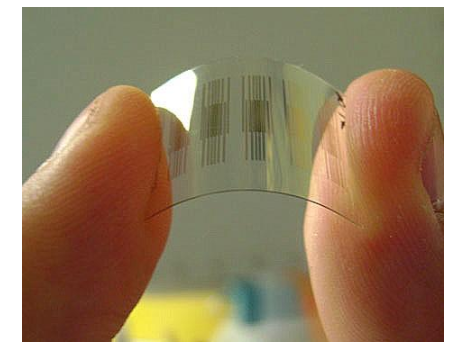What are the classification and working principle of nano sensors?
There are many types of nanosensors, mainly electrochemical nanosensors, photonic nanosensors and colorimetric nanosensors.
Electrochemical nano sensor:
Electrochemical nanosensors are based on detecting changes in resistance in nanomaterials after binding of analytes due to changes in scattering or depletion or accumulation of charge carriers. Including two kinds of chemical nano sensor and physical chemical nano sensor, both have different sensing mechanisms.
Chemical nanosensors work by measuring the change in conductivity of nanomaterials. Many nanomaterials have high electrical conductivity. When molecules bind or adsorb, the electrical conductivity decreases. It is this detectable change that is measured. One-dimensional materials (such as nanowires and nanotubes) are excellent examples of chemical nanosensors, because once the analyte is detected, their electrical confinement structure can act as both a transducer and an electron wire.
Although the physical and chemical nano sensor also works by detecting the change in the conductivity of the material. However, the working mechanism of chemical nanosensor is quite different. For example, in the mechanical nanosensor, when the material is physically manipulated, the nanomaterial used as the mechanical nanosensor will change its conductivity, and this physical change will cause a detectable response. It is also possible to measure this response with a connected capacitor, where a physical change will cause a measurable change in capacitance. Other examples include electromagnetic nanosensors, plasmonic nanosensors, surface-enhanced Raman spectroscopy nanosensors, magnetoelectronic or spintronic nanosensors, and so on.

Photonic nano sensor:
Photonic devices can also be used as nanosensors to quantify the concentration of clinically relevant samples. The working principle of the photonic nanosensor is based on the chemical modulation of the volume of the hydrogel film combined with the Bragg grating. When the hydrogel expands or contracts under chemical stimulation, the Bragg grating changes its color and diffracts light of different wavelengths. The diffracted light can be related to the concentration of the target analyte.
Colorimetric nano sensor:
This type of nano sensor is a nano sensor that works by colorimetry. Its working principle is that the presence of the analyte causes a chemical reaction or morphological change, resulting in a visible color change. A typical application is that gold nanoparticles can be used to detect heavy metals, and many harmful gases can also be detected through colorimetric changes, such as the commercially available DragerTube. These can replace huge laboratory-scale systems because they can be miniaturized for sampling point equipment. For another example, many chemicals are regulated by the Environmental Protection Agency and require extensive testing to ensure that pollutant levels are within the appropriate range. Colorimetric nano sensors provide a way to identify many contaminants in the field.
This article is from Allicdata Electronics Limited which offer electronic components, semiconductors, antennas, capacitors, connectors, diodes, transistors, IC,resistors. For more product information, please go to the website to get it.

